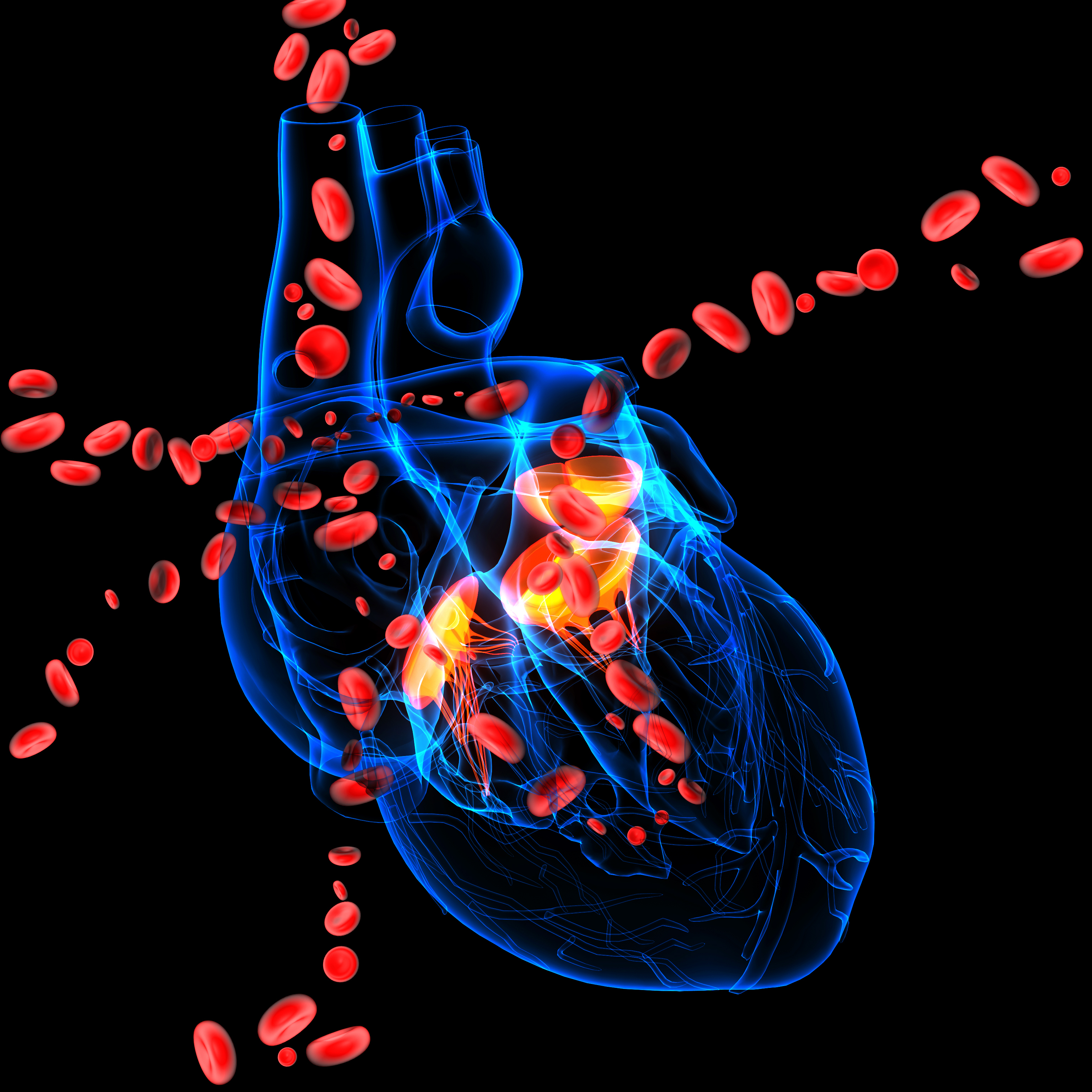Predicting Disease Course in PAH Patients Possible with Cardiac Magnetic Resonance, Study Says

A compilation of results from studies published from 2007–14 confirms that cardiac magnetic resonance (CMR) findings are useful in predicting outcomes in pulmonary arterial hypertension (PAH) patients and, in the future, may help in determining best therapies as the disease progresses.
The review, “Cardiac magnetic resonance findings predicting mortality in patients with pulmonary arterial hypertension: a systematic review and meta-analysis,” was published in European Radiology.
Many studies have explored the use of CMR in PAH patients, but the researchers believe this review is the first to provide a comprehensive overview of CMR’s use in disease prognosis. The authors combined results of eight studies, found in the Medline and Embase electronic databases, representing 539 patients and 21 different CMR findings. Patients ages ranged from 39 to 62, and most of them — 60% to 72% — were women.
Meta-analysis (statistical analysis of all studies) was performed on nine of the CMR findings evaluated in three or more studies, and four were found to be useful in prognostication. Overall, the strongest predictor of potential mortality was a decrease in right ventricular (RV) ejection fraction, or the percentage of blood pumped out of the ventricle per heart contraction, which is normally between 50% and 75%. A decrease, the researchers wrote, “indicates that the RV is no longer able to cope with the high pulmonary pressures, leading to increased RV diastolic pressures and RV dilatation.”
Four other CMR findings were also of prognostic importance: RV end-diastolic volume index, end-systolic volume index, left ventricular (LV), and end-diastolic volume index. Combined, these results may become clinically important in that patients with CMR findings indicating deteriorating PAH might be treated more quickly or with more intensive therapy.
Additionally, information provided in two of the eight papers contained longitudinal, or serial, data that indicated RV ejection fractions decreased over time. Again, this could mean that, after diagnosis and with regular follow-up through CMR assessments, a patient’s treatment can be more aggressively modified. Review findings also suggest that other non-invasive procedures, such as echocardiography, may also be worthwhile in determining PAH worsening in patients.
“CMR is useful and accurate in the prognostication of PAH patients. RV ejection fraction at baseline and during follow-up is the strongest and most well investigated predictor of mortality in patients with PAH. In addition, increased RV volumes and decreased LV end-diastolic volume are of prognostic importance,” the researchers concluded, adding that “accurate prognostication can aid in adequate and timely intensification of PAH-specific therapy.”







